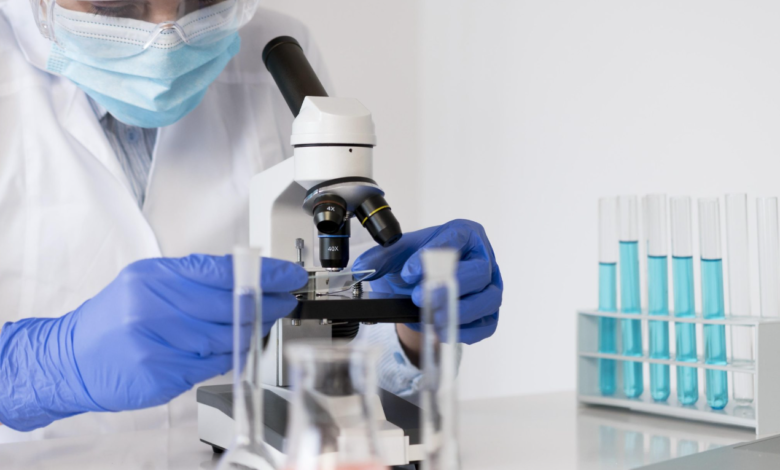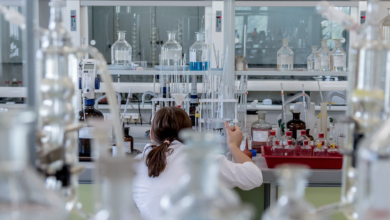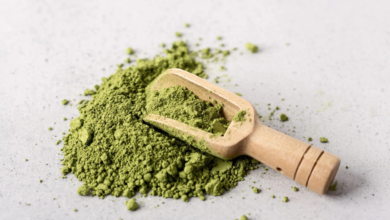Alternative proteins from a fungus, the new food revolution?

New plant proteins
Protein production for human consumption is one of the great challenges of our time. The world population increases and with it the demand for healthy and nutritious foods. The demand for proteins is also growing, but further increasing livestock production would lead to the definitive collapse of the ecosystem.
Discovery in Yellowstone National Park
Research in the agri-food sector is in constant turmoil, hunting for effective and sustainable solutions. Then some discoveries happen a little by chance but that could have great potential. It’s the beauty of basic research: you never know where it will lead.
This is what happened to Mark Kozubal in Yellowstone National Park (USA). In 2009 Kozubal was a PhD student studying extremophiles (organisms that can live in extreme environments and are hostile to most life forms) as part of a research project supported by the National Science Foundation (the US government agency promoting research in science and engineering) and NASA.
Kozubal collected samples from a hot, acidic source of Yellowstone and from there isolated the micro-organism of the Fusarium flavolapis strain thinking it was useful to produce biodiesel. The meeting with Thomas Jonas has changed the perspective: if energy is a problem, food is just as much and protein production even more if we think about its environmental repercussions.
read also Will algae be the new environmentally friendly proteins?
Will new proteins for human nutrition come from microalgae?
Starting from a cell put in water and fed with sugar, the fungus grew and was replicated in a few hours (think for example the fermentation of yeast when making dough for bread or pizza). It was placed in a bioreactor and then in a tray with more water, sugar and salts.
In three days it was transformed into a “stick” of protein that contained the nine amino acids necessary for human nutrition. Each tray contained as much protein as 25 chickens.
The further discovery was that, by adding appropriate amounts of water or aromas, the dough could turn into burgers, milk, yogurt, cream cheese spreadable or protein powder.
From here to the birth of Nature’s Fynd the step was short. The products have met with the favor of tasters, but there is a flaw: they are very expensive because the production is still limited.
NASA wants to bring new alternative proteins into space
What is expected in the future? NASA is already thinking about when it will be able to bring new proteins into space (it seems incredible, but it had never explored the possibility of extracting proteins from a fungus). A first positive experiment was done in 2022 in the International Space Station with a bioreactor the size of a shoebox.
In anticipation of a demographic explosion in the equatorial countries within a few decades, the Bill & Melinda Gates Foundation decided to fund Nature’s Fynd research.
In fact, producing proteins from a fungus could represent a food revolution in the countries of the equatorial belt where climate change is manifested with greater violence. For now, new protein products are on sale online on the website of a natural and organic food retailer in the United States. But soon they could go into orbit.





